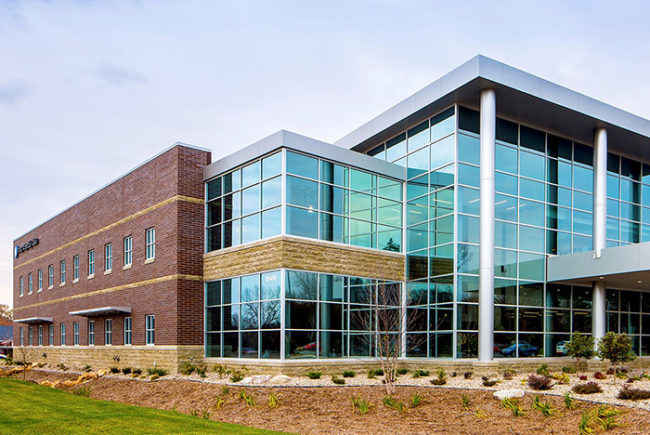As the impact of the Affordable Care Act (ACA) becomes clearer to health care facility professionals and hospital administrators, they are much more optimistic about the future of health care than just two years ago.
A 2015 survey by Mortenson Construction, Minneapolis, shows that 76 percent of facility professionals, architects and hospital administrators are very optimistic or optimistic about the future of U.S. health care compared to 60 percent who felt that way in a 2014 survey.
While optimism is much higher, those surveyed have decidedly mixed opinions about the ACA in general, says Larry Arndt, Mortenson’s general manager of health care, while reporting on the survey at the 2016 Chicago & Midwest Healthcare Real Estate Summit Tuesday in the Windy City.
“As health care providers have become more familiar with the provisions of the ACA, they are somewhat less likely to feel the legislation has burdened them with uncertainty or financial challenges,” stated the survey.
Mortenson surveyed more than 300 health facility professionals, including architects and provider administrators attending the 2015 American Society for Healthcare Engineering Planning, Design & Construction Summit in San Antonio.
While 69 percent of survey respondents said they believe the ACA has created uncertainty, that number is 10 percent lower than the 2014 survey. Also, 52 percent of those surveyed said the ACA has challenged their organization’s near-term financial condition, which is down substantially from the 72 percent who felt that way in 2014.
However, a larger percentage of survey respondents take a dim view of the ACA and its overall goals of making health care affordable compared with that of the prior year. The 2015 survey shows that 64 percent strongly agree or agree that the ACA has been good for U.S. citizens compared with 83 percent who said that in 2014. Only 61 percent strongly agree or agree that the ACA has moved the country forward in addressing long-term health care needs compared with 90 percent in 2014.
While the survey respondents generally believe challenges remain with the ACA, they also recognize that opportunities exist because of the legislation.
One respondent commented that the ACA provides an “opportunity to reduce uncompensated care by over 50 percent, which will produce better cash flow than the previous two to three years.” Another said that the ACA provides an opportunity to “repurpose our patient facilities to meet new service needs.”
The survey shows that most respondents believe that the quality of the health care facility environment substantially impacts patients and staff. They include:
- Improving patient experience — 68 percent
- Improving staff recruiting and retention — 59 percent.
- Influencing where patients go to receive treatment — 57 percent
- Improving patient outcomes — 54 percent
- Improving staff satisfaction and effectiveness — 51 percent
The survey shows that while health care providers will continue to expand their ambulatory footprints, they also recognize the need to invest in their traditional facilities.
The survey also shows that 74 percent of respondents plan major investments in ambulatory care construction as well as renovation and remodeling within the next two years. At the same time, 72 percent also said they will invest in the same for traditional hospitals.
Asked about waste and energy-reduction opportunities, 98 percent strongly agree or agree that those opportunities continue to exist. “Quick-win” energy-efficiency actions taken by health care facilities include:
- Installed LED lighting/efficient lighting — 37 percent
- Installed motion detectors, lighting timers, low-flow faucets — 15 percent
- Created new energy management/Lean department — 12 percent
Among other topics covered at the conference were case studies on repurposing abandoned hospitals, the impact of mergers and acquisitions on health facilities and tips on negotiating health facility leases.





